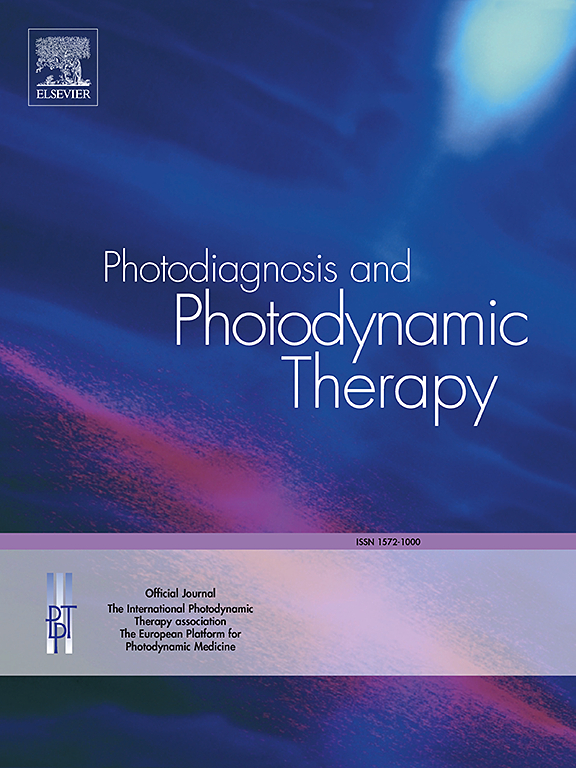Successful treatment of a patient with multiple solar keratosis (AK) with highly differentiated squamous cell carcinoma across the face through the combination of operation and photodynamic therapy: A case report
IF 3.1
3区 医学
Q2 ONCOLOGY
引用次数: 0
Abstract
Actinic keratosis (AK) with multiple lesions on the face combined with well-differentiated squamous cell carcinoma is a severe skin lesion. Traditional treatment methods mainly rely on surgery. However, for a 92-year-old female patient, due to her advanced age and poor physical condition, traditional surgical treatment may bring significant risks and complications, such as postoperative infection and poor healing. Moreover, it is impossible to completely remove all AK lesions on the face through surgery, and surgical treatment may have a significant impact on the patient's appearance, potentially leading to facial scars, pigmentation, and other issues, which can seriously affect the patient's quality of life. Photodynamic therapy (PDT), as an emerging treatment method, can not only effectively reduce the size of the lesions but also improve the skin texture and color to some extent, offering a dual benefit.
In this unique case, photodynamic therapy combined with surgery was successfully used to treat a 92-year-old female patient with multiple facial actinic keratoses (AK) and well-differentiated squamous cell carcinoma. The successful treatment of this case provides valuable reference for research in this field. However, the application of photodynamic therapy in treating complex skin lesions in elderly patients is still in the exploratory stage, and its long-term efficacy and safety are worth further investigation through clinical trials.
通过手术和光动力疗法相结合,成功治疗了一名面部多发性日光性角化病(AK)伴高分化鳞状细胞癌的患者:病例报告。
光化性角化病(AK)伴面部多发病变并高分化鳞状细胞癌是一种严重的皮肤病变。传统的治疗方法主要依靠手术。然而,对于一名92岁高龄的女性患者,由于她的高龄和身体状况较差,传统的手术治疗可能会带来很大的风险和并发症,如术后感染和愈合不良。此外,通过手术不可能完全去除面部所有AK病变,手术治疗可能对患者的外观产生重大影响,可能导致面部疤痕,色素沉着等问题,严重影响患者的生活质量。光动力疗法(PDT)作为一种新兴的治疗方法,不仅可以有效地缩小病变的大小,还可以在一定程度上改善皮肤的质地和颜色,具有双重效益。在这个独特的病例中,光动力疗法结合手术成功地治疗了一名患有多发性面部光化性角化病(AK)和高分化鳞状细胞癌的92岁女性患者。该病例的成功处理为该领域的研究提供了有价值的参考。然而,光动力疗法在老年患者复杂皮肤病变治疗中的应用尚处于探索阶段,其远期疗效和安全性值得通过临床试验进一步探讨。
本文章由计算机程序翻译,如有差异,请以英文原文为准。
求助全文
约1分钟内获得全文
求助全文
来源期刊

Photodiagnosis and Photodynamic Therapy
ONCOLOGY-
CiteScore
5.80
自引率
24.20%
发文量
509
审稿时长
50 days
期刊介绍:
Photodiagnosis and Photodynamic Therapy is an international journal for the dissemination of scientific knowledge and clinical developments of Photodiagnosis and Photodynamic Therapy in all medical specialties. The journal publishes original articles, review articles, case presentations, "how-to-do-it" articles, Letters to the Editor, short communications and relevant images with short descriptions. All submitted material is subject to a strict peer-review process.
 求助内容:
求助内容: 应助结果提醒方式:
应助结果提醒方式:


